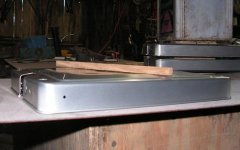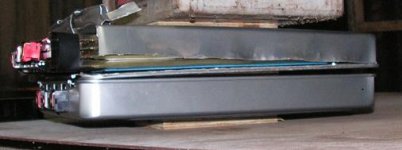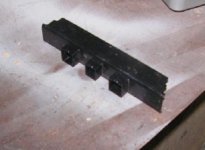MitchJi
10 MW
Hi Giovanni,
Great idea on the Spyder (I want one).
http://www.thunderstruck-ev.com/ac-motor-kits/ac-5x-hpevs-curtis-kit-50-51-ev.html
Why would anyone buy an AC50 when it's possible to buy Leaf or Tesla or Volt motors and inverters-controllers at wrecking yard prices? If those choices are not exactly what you want if you wait 6-18 month's you can probably add Chevy Spark and BMW i3 motors to the list.
Great idea on the Spyder (I want one).
Giovanni LiCalsi said:It would make a very efficient EV using 24 Leaf modules in a http://www.vintagespyders.com
The ready to drive ICE version only weighs 1250lbs. It could even be better using an Alulight monocoque chassis.

An AC50 motor bolted to a Borg-Warner EV transaxle would create enough space for 24-48 a Leaf battery modules.
http://www.thunderstruck-ev.com/ac-motor-kits/ac-5x-hpevs-curtis-kit-50-51-ev.html
But IMO an AC50 motor is a bad idea. It seems almost like proposing the use of ThunderCrap cells. Why would anyone use ThunderCrap cells when they can purchase Tier One oem quality Leaf modules at wrecking yard prices?AC-50 w/1239-8501
$4,425.00 - 96-144V 500A 87HP at 6000RPM
Includes HPEVS motor, Curtis controller, Tyco contactor, Spyglass display, wiring harness, throttle, and custom programming.
Why would anyone buy an AC50 when it's possible to buy Leaf or Tesla or Volt motors and inverters-controllers at wrecking yard prices? If those choices are not exactly what you want if you wait 6-18 month's you can probably add Chevy Spark and BMW i3 motors to the list.







